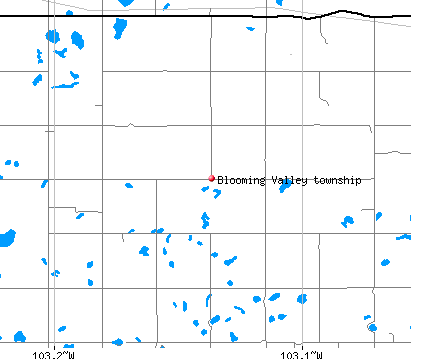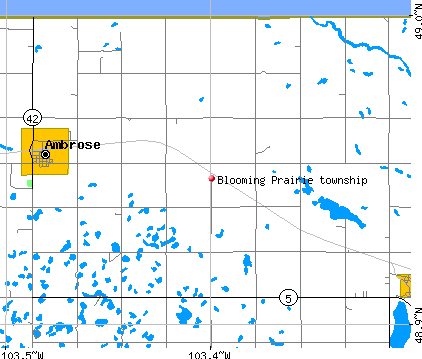

In Ontario, Angus Hills developed the first comprehensive, multi-scale, hierarchical ELC describing ecosystems at two scales, distinguished by climatic patterns, physiographic differences and successional trends exhibited by the predominant vegetation type on those physiographic features (Hills, 1959). Organized into a spatial framework, ecosystems can be defined and characterized on the basis of common features such as bedrock geology or climatic features, which set them apart from other units.Įcosystem classification delineates areas of similar ecology at different scales, often within a nested or hierarchical framework.

Ecosystems are recognizable because of unique interactions (functions) among the components (composition) and the patterns (structure). Ecological Land Classification ( ELC) systems are used to classify and describe ecosystems.


 0 kommentar(er)
0 kommentar(er)
